This volume studies the relationships between ancient systems of Asian philosophy and medicine. It explores the mutually dependent relation between the mind and the body, and argues that Asian and Hippocratic medical systems as well as the body and consciousness should not be studied in isolation. Bringing together medical practitioners and researchers including specialists of ayurveda, siddha, unani, homoeopathy, Sowa-Rigpa, naturopathy, yoga and acupuncture based on the Chinese system-from different parts of Asia, including India, Sri Lanka, Thailand, Myanmar and Bangladesh, this volume demonstrates how ancient medical traditions can be used for improving the physical and mental health of people today.
ABOUT THE AUTHOR Kapila Vatsyayan
Kapila Vatsyayan artist and art historian is internationally acknowledged as the pioneer of evolving alternate models of research for establishing inter and intra-relationship of different domains of knowledge and creativity. Her own work moves from a deep understanding of the primary textual sources of the East and West, principally Sanskrit and English, and a direct experience of the arts as performer. It focuses attention on the inter relationship of the concept and creative interpretation in architecture, sculpture, painting, music, and dance. The kinetic image enables her to delve deeper into the textual and oral sources and the fundamental metaphysics which govern form and structure of the arts. She has convincingly drawn attention to the sacred geometry which pervades all the Indian arts. As visualiser of the conceptual plan of the Indira Gandhi National Centre for the Arts, she leaps across many disciplines, questions the conventional boundaries and finally establishes several bridges of communication between traditional thought and modern science. This has resulted in many multi-disciplinary studies of space and time, nature and culture, man and society, chaos and order. Her holistic integral vision is explicit in the volumes she has edited on these subjects. Her first work, Classical Indian Dance in Literature and the Arts, is a milestone by experts the world over. This work was followed by many others including the definitive study of Dance in Indian Painting, The Theoretical Basis of Asian Aesthetic Traditions; Traditional Indian Theatre: Multiple Streams; six volumes on Gita Govinda; Bharata and the Natyasastra; and the Square and the Circle of the Indian Arts. She has edited the volumes on Concepts of Space: Ancient and Modern and Concepts of Time: Ancient and Modern published by the Indira Gandhi National Centre for the Arts, New Delhi.
ABOUT THE AUTHOR Ranjit Roy Chaudhury
Padma Shri Prof Roy Chaudhury is one of the leading clinical pharmacologists in the country. He was the Head of the Department of Pharmacology and Dean at the Postgraduate Institute of Medical Education and Research, Candigarh, where he initiated the D.M. Course in Clinical Pharmacology. He has held important positions in the World Health Organisation for fifteen years. currently Prof Roy Chauhury is Emeritus Scientist at the National Institute of Immunology, New Delhi, and UNESCO Professor of Rational Use of Drugs at Chulalongkorn University, Bangkok. He is also the President of the Delhi Medical Council, Coordinator of the India-WHO Programme on Essential Drugs and Chairman of the National Subcommission in Macroeconomics and Health. Prof Roy Chaudhury has written several books and received many national and international honours, the UNESCO UNITWIN award (2002) and K.N. UDUPA award (2003) being the latest.

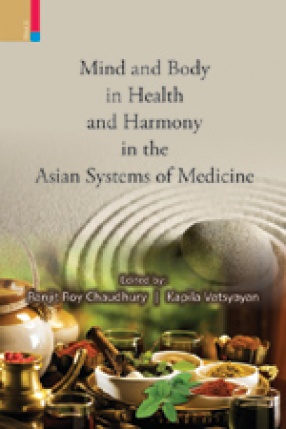
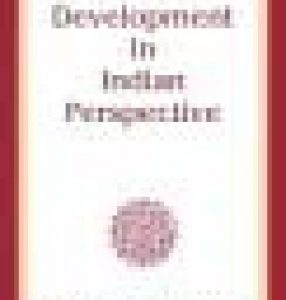
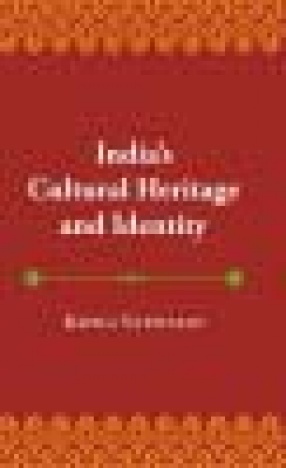
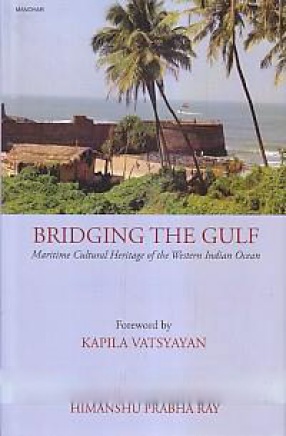
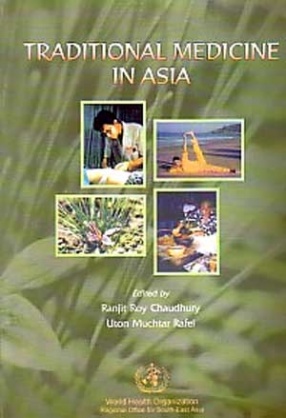
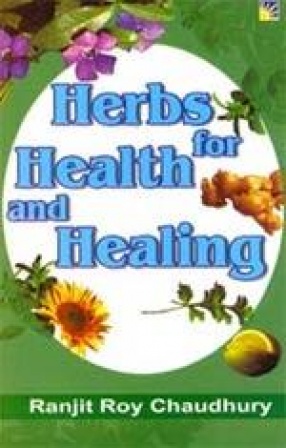
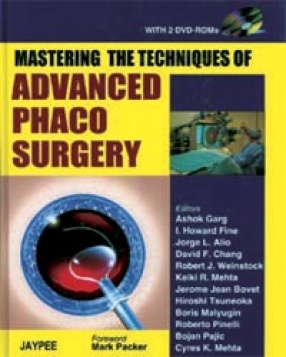
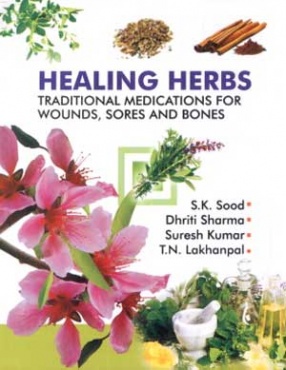
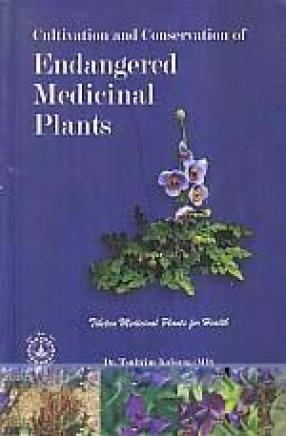
There are no reviews yet.